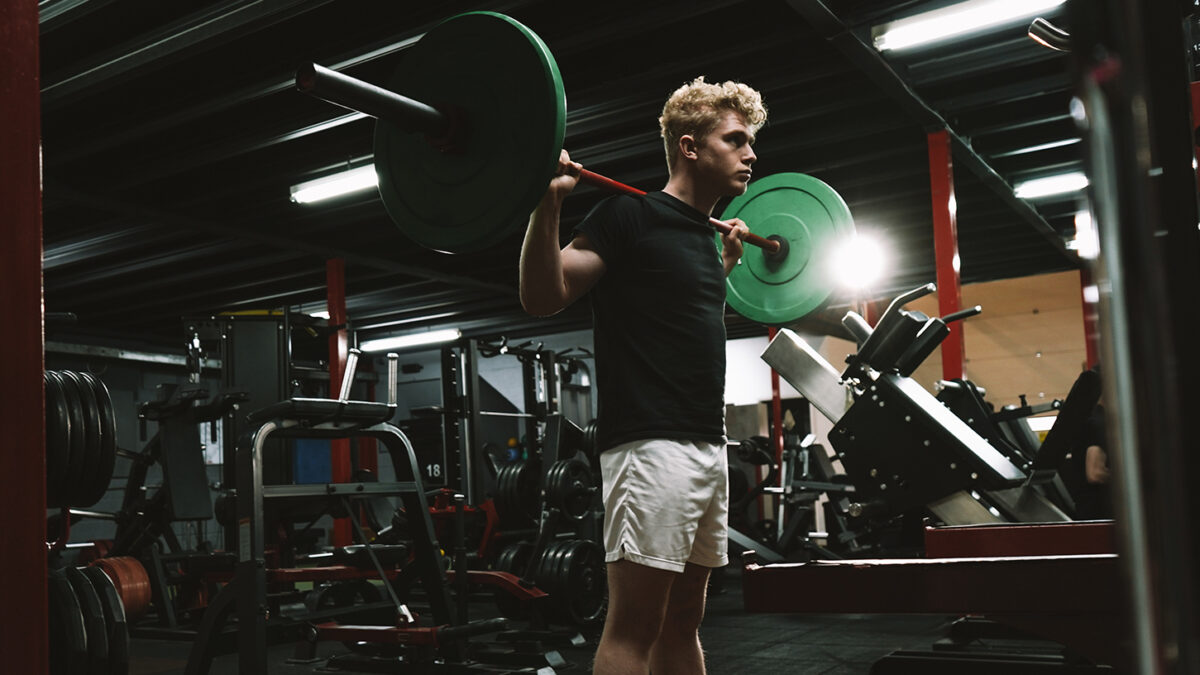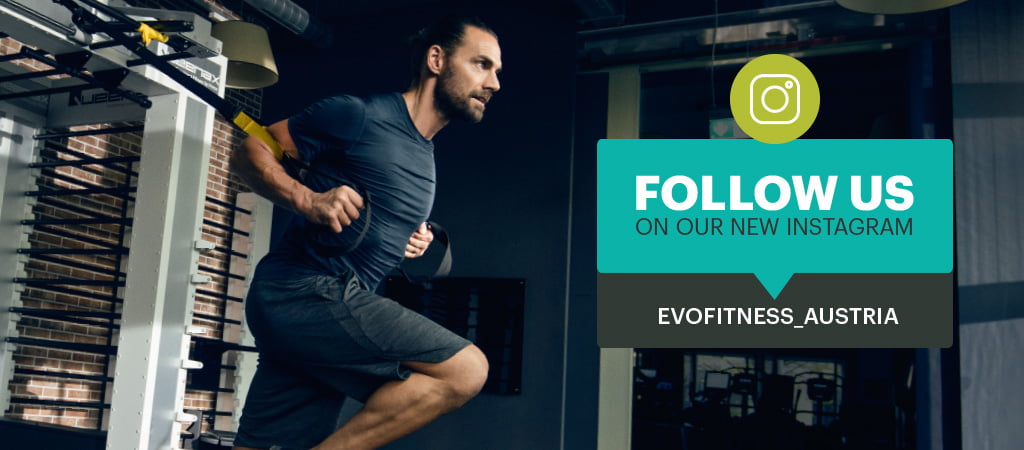Progressive overload: What is and how can it help you build muscle

For many of us, the desire to build muscle was one of the main reasons we stepped into a gym for the first time. Yet, we soon realize it’s not as straightforward as it seems. So, when that initial enthusiasm starts to fade, it’s easy to feel discouraged, often leading us to seek quick fixes online, hoping to find a shortcut. However, what we encounter can be overwhelming: countless solutions promise rapid results, not all of which are safe or effective.
The truth is that building muscle takes a lot of time and dedication, both in and out of the gym. And while there are no magic shortcuts, there are proven strategies that can help you make real progress. One of the most effective methods is progressive overload. But what does this term mean, and why is it a game-changer for anyone looking for steady muscle growth? Here’s everything you need to know.
What is progressive overload?
Progressive overload, as the name indicates, means gradually increasing the stress placed on your muscles during workouts — essentially, it’s all about increasing the weights. Scientifically, the principle makes total sense: if you consistently challenge your body by lifting heavier weights, increasing repetitions or exercising more frequently, you’ll stimulate muscle growth.

Progressive overload is a principle that applies not only to strength training but can extend to other types of training — and even everyday life. For example, if you’re running three times a week and you start running five times, you’ll improve your cardiovascular health, resistance, and endurance. Similarly, consider a task like cooking: the more often you practice a recipe, the better and faster you become at it, gradually mastering each step. This gradual increase in demand drives improvement, regardless of the activity you’re engaging in.
Why does it benefit you?
Sticking to the same routine without making adjustments, we’ll make you hit a plateau — meaning you’ll stop seeing any progress. Your muscles need new challenges to grow or to simply be ready for your daily challenges. Otherwise, they adapt to the existing workload and cease to develop further. In other words, they stagnate.
Enter progressive overload. The increase in weight will continually challenge your muscles to adapt to increased demands. That happens because when you lift weights or perform resistance exercises, you create tiny tears in your muscle fibres. Your body then repairs these micro-tears, making your muscles stronger and prepared to handle similar challenges in the future. Keeping this going will require you to progressively increase the weight, repetitions, or intensity of your exercises over time.
However, safety should always be your priority. Jumping immediately to heavier weights can lead to injuries, so it’s essential to master your form before adding extra resistance. Aim for small, incremental increases, gradually adding weight over time. For example, if you’re doing a chest press with 10 kg dumbbells, aim to use 12.5 kg soon or increase the number of repetitions in your next session. And don’t forget to warm up properly to prepare your body for the demands ahead.
Why should you include it?
Incorporating progressive overload into your fitness routine is a powerful way to ensure continuous muscle growth and gains in strength and endurance. However, it’s important to remember that nutrition and rest play a crucial role in muscle growth as well. And remember: building muscle is not just about lifting heavier weights; it’s about staying consistent, being patient, and making informed adjustments to your training regimen.




